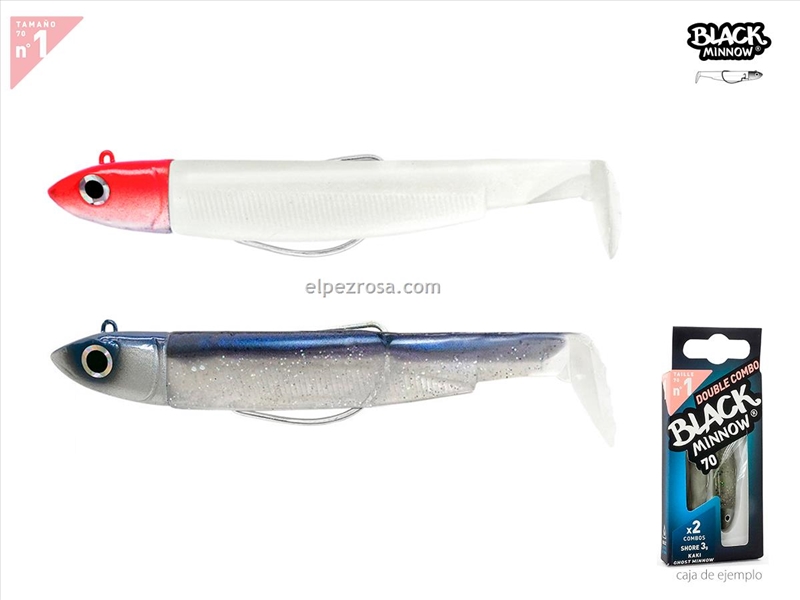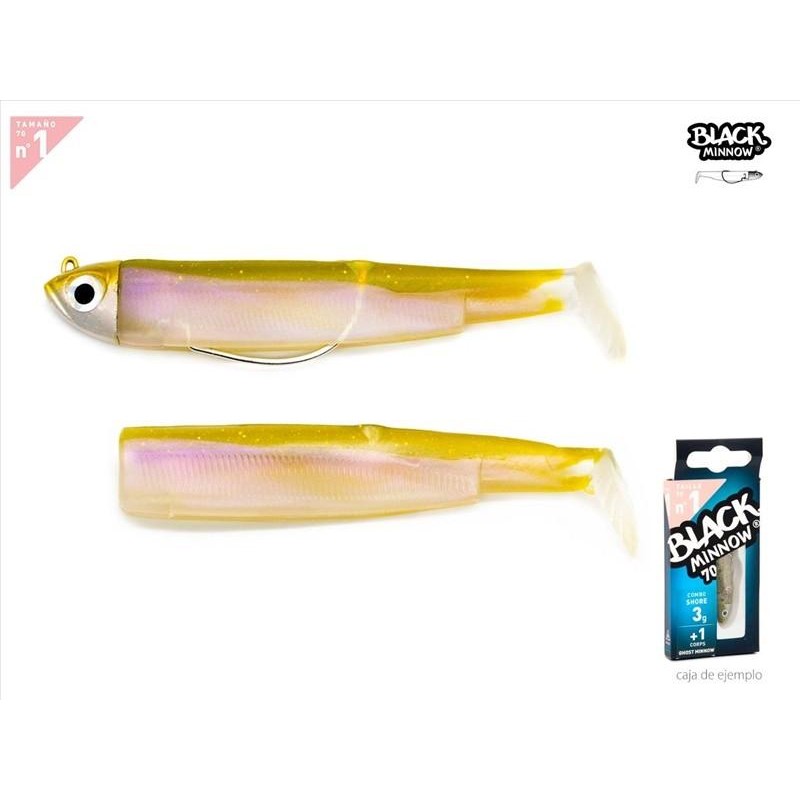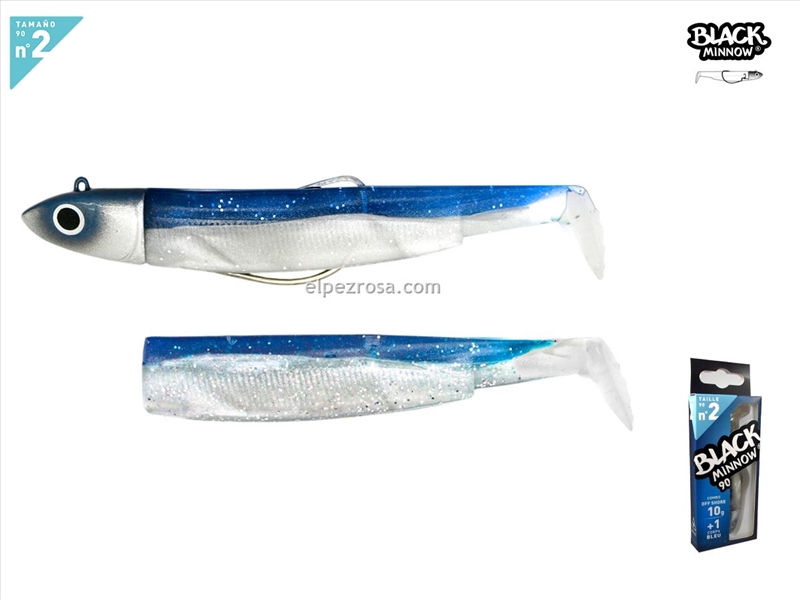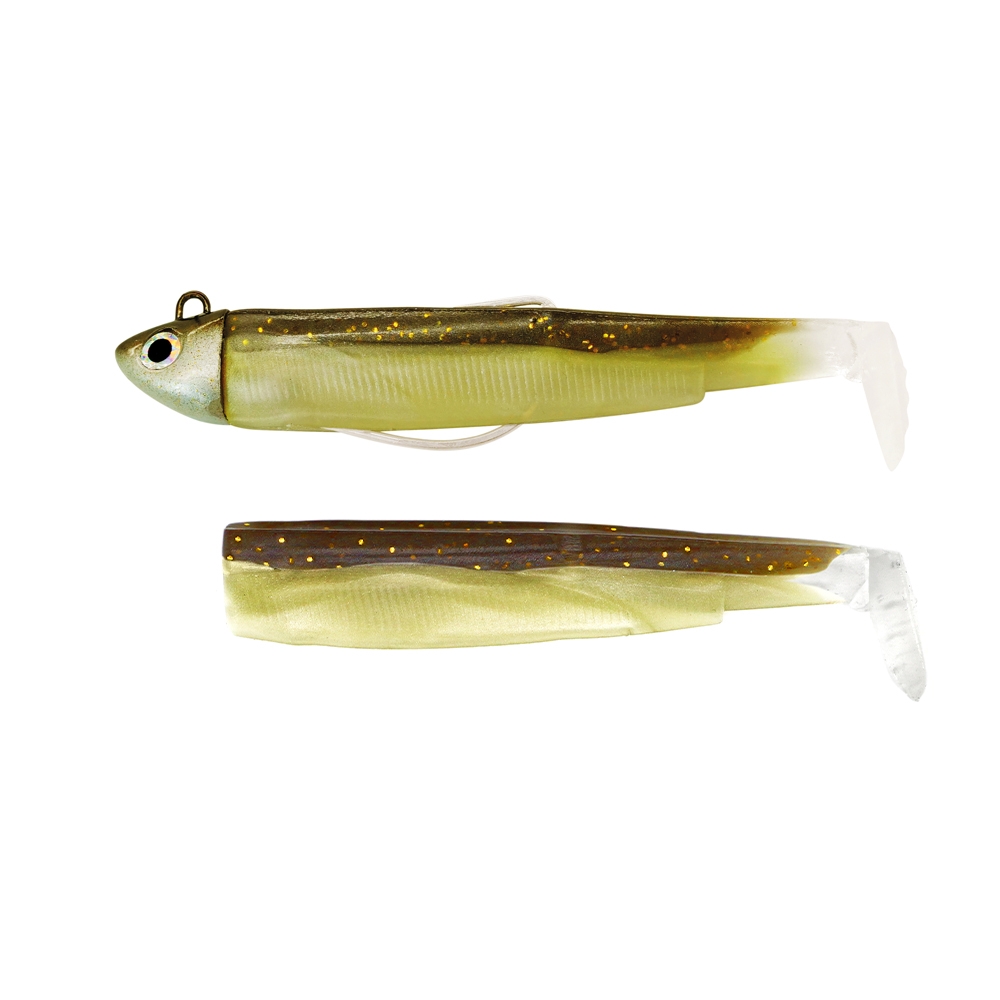Tienda
Black Minnow Nº1 70 mm Combo 6 g – White Red & Electric Blue
12,15€
Señuelos de vinilo para spinning medio con alta visibilidad y acción dinámica
El Minnow 70 mm Combo 6 g – White Red y Electric Blue es un set de señuelos de vinilo diseñado para pescadores que buscan eficacia y versatilidad en la pesca deportiva. Con un tamaño compacto y un peso de 6 gramos, estos señuelos ofrecen una acción de natación realista y una presentación atractiva para depredadores en ambientes de agua dulce y salada.
Este combo incluye dos colores estratégicos:
-
White Red: clásico y altamente visible, ideal para aguas turbias o con baja luminosidad.
-
Electric Blue: color vibrante que destaca en aguas claras y profundas, perfecto para atraer la atención de peces en días soleados.
Las cabezas plomadas y cuerpos de vinilo están diseñados para un montaje fácil, con anzuelos ocultos tipo Texas que reducen enganches y mejoran la clavada.
Características del producto:
-
Tamaño: 70 mm
-
Peso cabeza plomada: 6 gramos
-
Colores incluidos: White Red y Electric Blue
-
Contenido del combo:
-
2 cuerpos de vinilo (uno White Red y uno Electric Blue)
-
2 cabezas plomadas de 6 g
-
Anzuelos ocultos resistentes y afilados
-
-
Montaje articulado PH2S para mayor realismo y movilidad
-
Acción de natación estable y efectiva para recogidas lineales o con ligeros jerks
Ideal para:
-
Spinning medio en ríos, lagos y zonas costeras
-
Depredadores como lubina, trucha, perca, black bass y jurel
-
Condiciones variables de luz y turbidez
-
Pesca en estructuras, vegetación y aguas abiertas
Palabras clave SEO recomendadas:
-
minnow 70 mm combo 6 g
-
señuelo vinilo White Red y Electric Blue
-
señuelo spinning medio 70 mm
-
combo señuelos pesca deportiva
-
señuelo vinilo pesca lubina y trucha
-
señuelo anzuelo oculto 6 gramos
Disponible para envío inmediato. El Minnow 70 mm Combo 6 g – White Red & Electric Blue combina colores llamativos y realismo en movimiento para maximizar tus capturas en diferentes escenarios de pesca.








